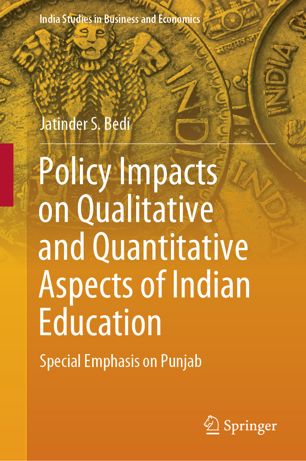

Most ebook files are in PDF format, so you can easily read them using various software such as Foxit Reader or directly on the Google Chrome browser.
Some ebook files are released by publishers in other formats such as .awz, .mobi, .epub, .fb2, etc. You may need to install specific software to read these formats on mobile/PC, such as Calibre.
Please read the tutorial at this link: https://ebookbell.com/faq
We offer FREE conversion to the popular formats you request; however, this may take some time. Therefore, right after payment, please email us, and we will try to provide the service as quickly as possible.
For some exceptional file formats or broken links (if any), please refrain from opening any disputes. Instead, email us first, and we will try to assist within a maximum of 6 hours.
EbookBell Team

5.0
108 reviewsThe book focuses on the state of education and on the levels of inequality among gender, rural–urban and social groups. Taking into account the various findings from existing literature on the qualitative and quantitative aspects of education, it uses empirical findings based on a revised methodology to draw new conclusions. This revised method was devised to define the size of population eligible for enrollment and was then employed to estimate the Gross Enrollment Rate (GER) and Gross Literacy Rate (GLR) at various completed education levels, using age-wise data from the Population Census, 2011. This methodology is based on the concept that among those eligible for enrollment/literacy, a few never get chance to enrol and others achieve various levels of literacy by remaining engaged in formal or informal education up to various ages.
The book comes up with findings that have deep significance so far as policy making is concerned towards improving the state of education in India. There are fourteen hypotheses that the book proposes based on the study and each hypothesis is accompanied with policy suggestions. Interestingly, one of the hypotheses is that arbitrariness of government policies creates more problems and, as such, before proposing a policy change the government needs to put in more effort and time in planning and come up with carefully chalked out processes. In addition to being a valuable resource for researchers working in this area, the book has huge policy implications and think tanks working towards improving education in India.